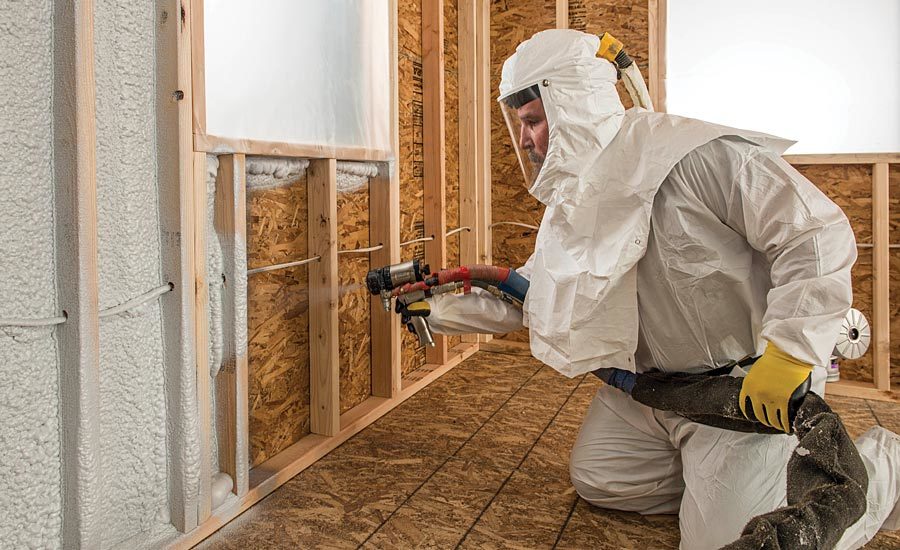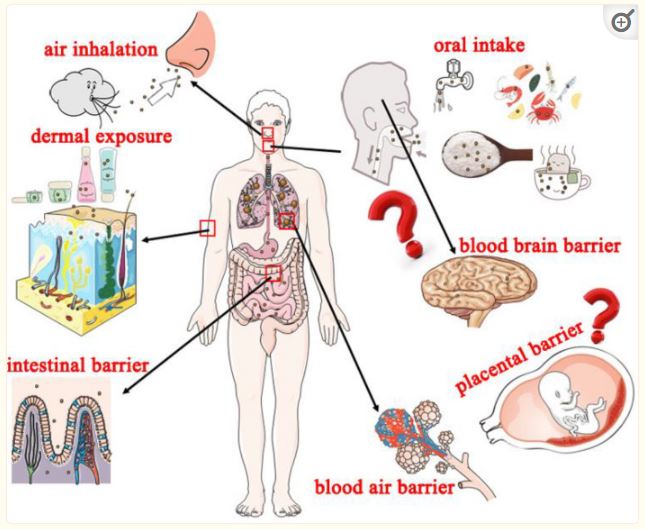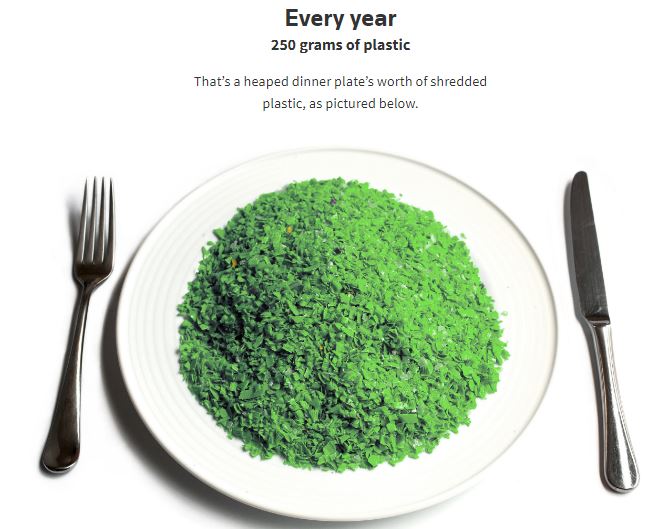Retrofitting with Radiant Cooling
Retrofitting with Radiant Cooling
Radiant cooling reduces or eliminates many of the faults of forced air systems: cost of operation, noise of air rushing through ducts or vents, drafty spots, allergens and dust being blown through your home, etc.
The need for a new cooling and heating system in my home has me looking at all the possibilities, now including radiant cooling and heating, also called “hydronics”. I never thought that this would be possible because my house is, mostly, “finished”. Radiant systems need to go in the floor before the floor goes down, right?
Wrong! It turns out that there are many options to installing radiant heating after the home is “finished”. It just depends on how creative you can get with surface areas. First, however, I’ll go over why radiant heating and cooling is superior to forced air systems, which encompass the majority of home heating and cooling systems today.
To me, this picture says it all.
Source : iapmo.org
The reason a tiny ¾” pipe can be equivalent to the big duct systems is because water is able to absorb more than 3,500 times the heat as the same volume of air! Mind-blowing, right? There’s a reason those big cast-iron radiators persisted in homes for all those years! But instead of dealing with the thunk-crack-cluck of the radiators and boilers as they warm up, and being cold on the far-end of the room, now you can enjoy cool or warmth in silence as the room changes temperature from the floor up, ceiling down, or wall-out. That’s right, you can install pre-made panels in the ceiling or on walls, which in general are way more accessible than floors. For this reason, I’m going to focus on ceiling and wall panels and ways to work them into your existing home. Also because I live in the southeast US, I’m going to focus on cooling, because radiant cooling is unconventional but very needed here!
Messana is an Italian company focused on radiant cooling. They have a number of high-end residences and office buildings portrayed as Projects on their website, and I can see why. Their “Ray Magic” panels bridge the gap when figuring out how to place hydronics in the ceiling, because they have gypsum board (drywall) on the surface that faces the room, the tubing embedded in lightweight aluminum panels in the middle, and 1-½” of styrofoam on the side that faces the ceiling (yup, the same width as a 2x4). Ray Magic panels are the “body” of the system, but a sophisticated “brain” is needed so that you can segment the home or office into different zones, sense the air in the different zones and control the temperature and speed of the circulating radiant fluid so that the zones stay comfortable and above dew point (to avoid condensation). This is what the Messana Climate Control Platform does. Although hydronics technically does not move air around, many times “air treatment” is needed so that the need for fresh, dehumidified air is met. For this reason, Messana offers a range of Air Treatment Units (ATUs) for accompanying ventilation. To see their products installed, check out these two videos here and here…and the system was installed in Austin, TX. Austin can definitely speak to needing dehumification!
Now, comparable with other things Italian, Messana installations are on the expensive side. According to their FAQ page, the equipment costs between $15-20 per square foot, with prices of $40-45 per square foot installed (this is based on the total square footage of your home, although the panels typically cover only 60% of the ceiling). For a renovation, this can add up to a lot of $$$, so following are some other alternatives. As mentioned above, radiant floors can be installed over existing subfloors. Here are some products to make the installation easier:
Thermalboard is a ⅝” thick MDF board with aluminum coating and channels for 3/8” PEX tubing. The company WarmZone uses your floor plan to create and ship the boards to you for a custom installation that looks to be fairly simple for the average DIY homeowner. The boards are glued, then nailed down to wood subfloors, or only glued to concrete subfloors. Costs are about 2x of a standard baseboard radiant heating system, but 30-40% savings in long run. The pros: the product is lightweight and easy to install on the floor or on walls. The downside: MDF absorbs water, which with a product that uses water, seems to be, well, not too smart. Also, MDF is manufactured with significant glues, which emit VOCs. Thermalboard specifically tested their product and it does not off-gas formaldehyde.
Warmboard R, which uses slightly larger tubing (½”) with larger spacing and thicker aluminum, but costs approximately 2x as much.
EcoWarm RadiantBoard is a similar product to Warmboard R but uses plywood as the substrate. The aluminum thickness is comparable to Thermalboard, and it uses ½” PEX. It costs approx. 35% less than Warmboard R. It tends to discourage use of its product with radiant cooling, however.
Uponor has a variety of products in radiant flooring: Quik Trak, which is similar to the above products as a plywood and aluminim substrate for the PEX, Fast Trak, which is a knobbed mat that will secure the PEX in any configuration, and Joist Trak, which can be nailed to joists for sub-floor heating and cooling.
Rehau, a German company which is one of the pioneers of radiant-floor heating, has products that allow direct installation of flooring over them (RauPanels), within a joist space (RauPlate) or within a concrete overpour.
Heat-Sheet is a grid system for laying out your own radiant flooring made of high density expanded polystyrene (EPS). It can be used under poured concrete or gypcrete (see next). The panels are lightweight and interlock to minimize movement. The website shows it being used under driveways (no more ice!) and swimming pools.
Of course, installing the radiant tubing is only half the work, because it needs to be protected with a durable covering that is not too insulative. Radiant flooring can be covered with any number of durable flooring options, including hardwoods, tile, carpet, finished cement, etc. Here are some options:
Gypcrete: You can embed radiant tubing in a mixture of gypsum plaster, Portland cement, and sand, known as gypcrete. Therma-Floor is a trade name of this product. Installation takes significantly more time because it doesn’t come in a snap-grid, and takes time to cure. It also must be installed by a professional crew.
With tile, laminate and carpet systems, a plywood underlayment will be needed to help provide support over the tubing. Here are some example installations from Thermalboard. The article also gives R-values for sample materials. Remember, when covering a radiant floor, you’ll want your R-Value to be as low as possible, so that you’re not “insulating” the heat or cold within the flooring material! TheSpruce.com recommends that ceramic or porcelain tile is the best material for covering a radiant floor, as it conducts heat (and cool) most efficiently. On the other end, carpet is the most insulative and worst choice for covering.
These are just a sampling of radiant products on the market. With new products and technologies released every day, don’t take your pre-existing home features as limits when it comes to the important decision of heating and cooling. Research, ask, test and compare so you can find the most healthy, comfortable solution for your home!
Photo by Ronnie George on Unsplash








